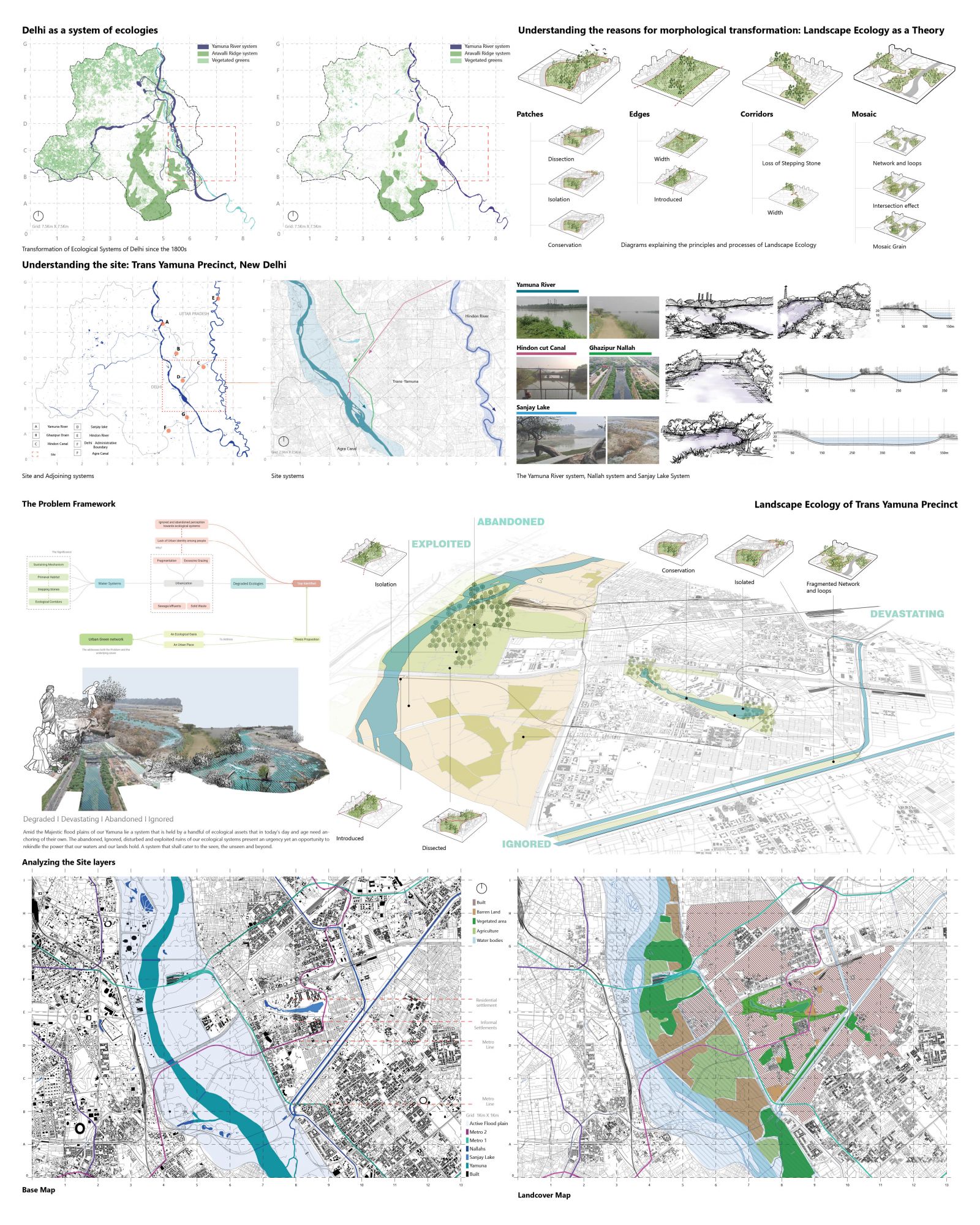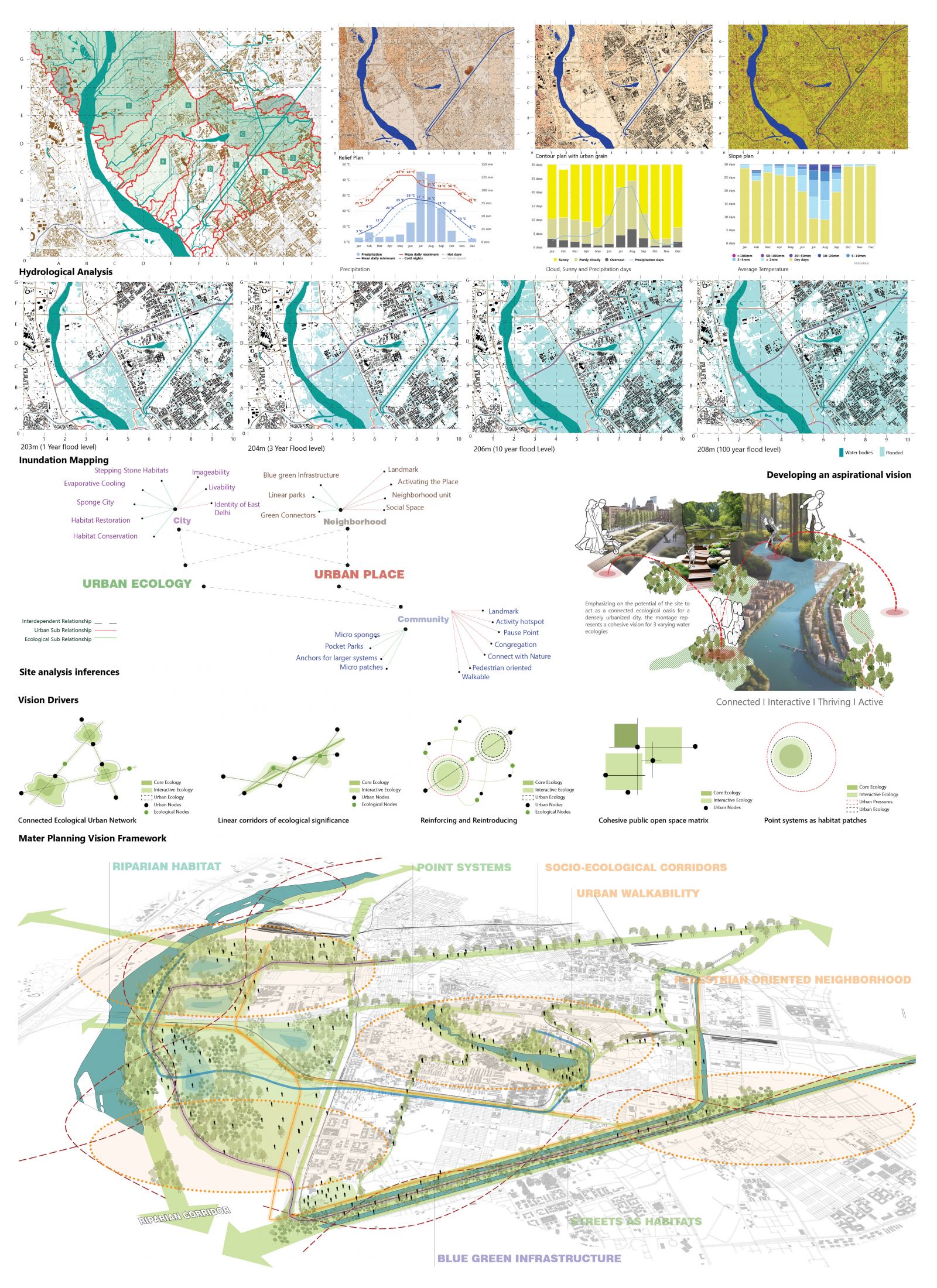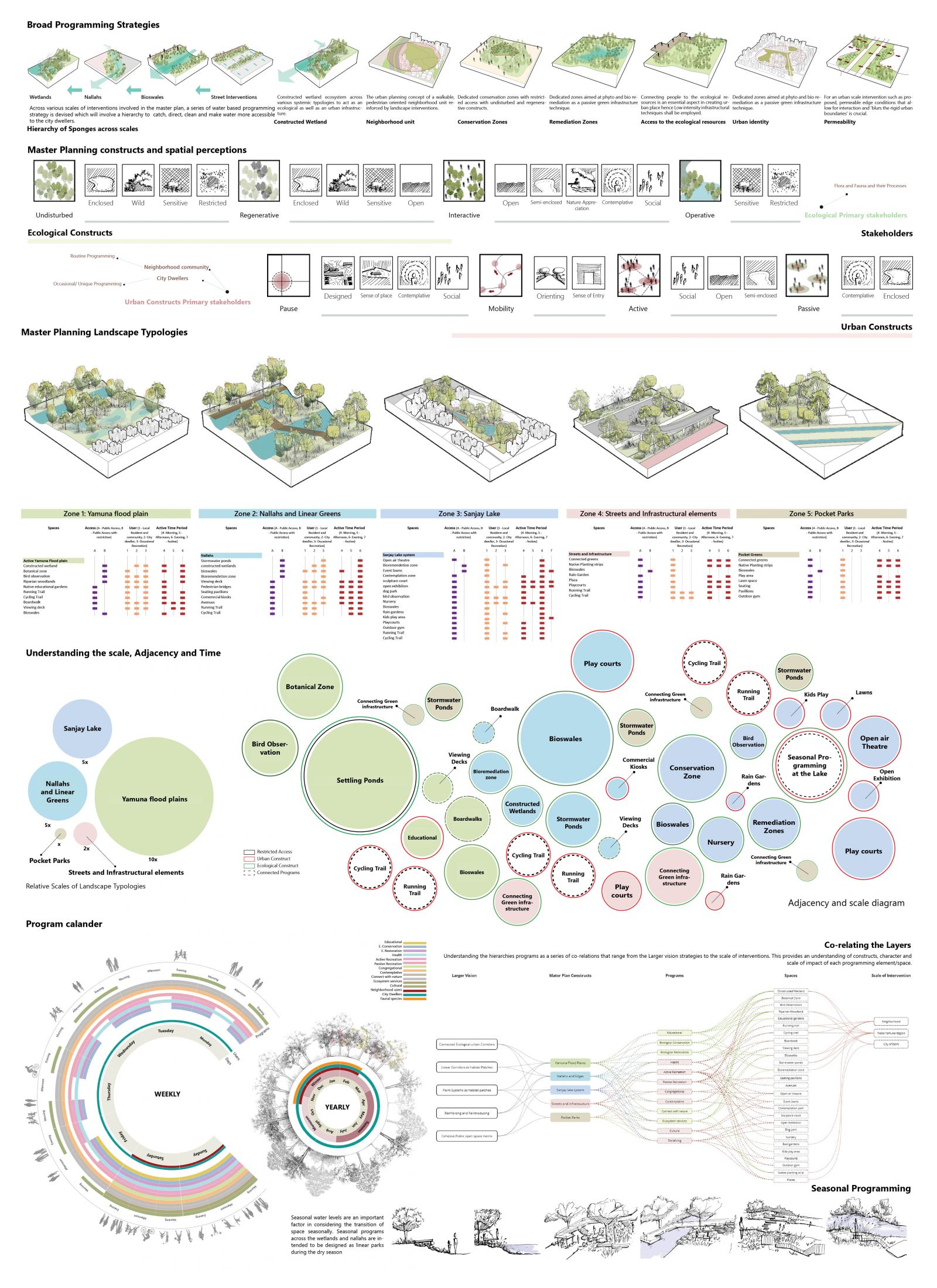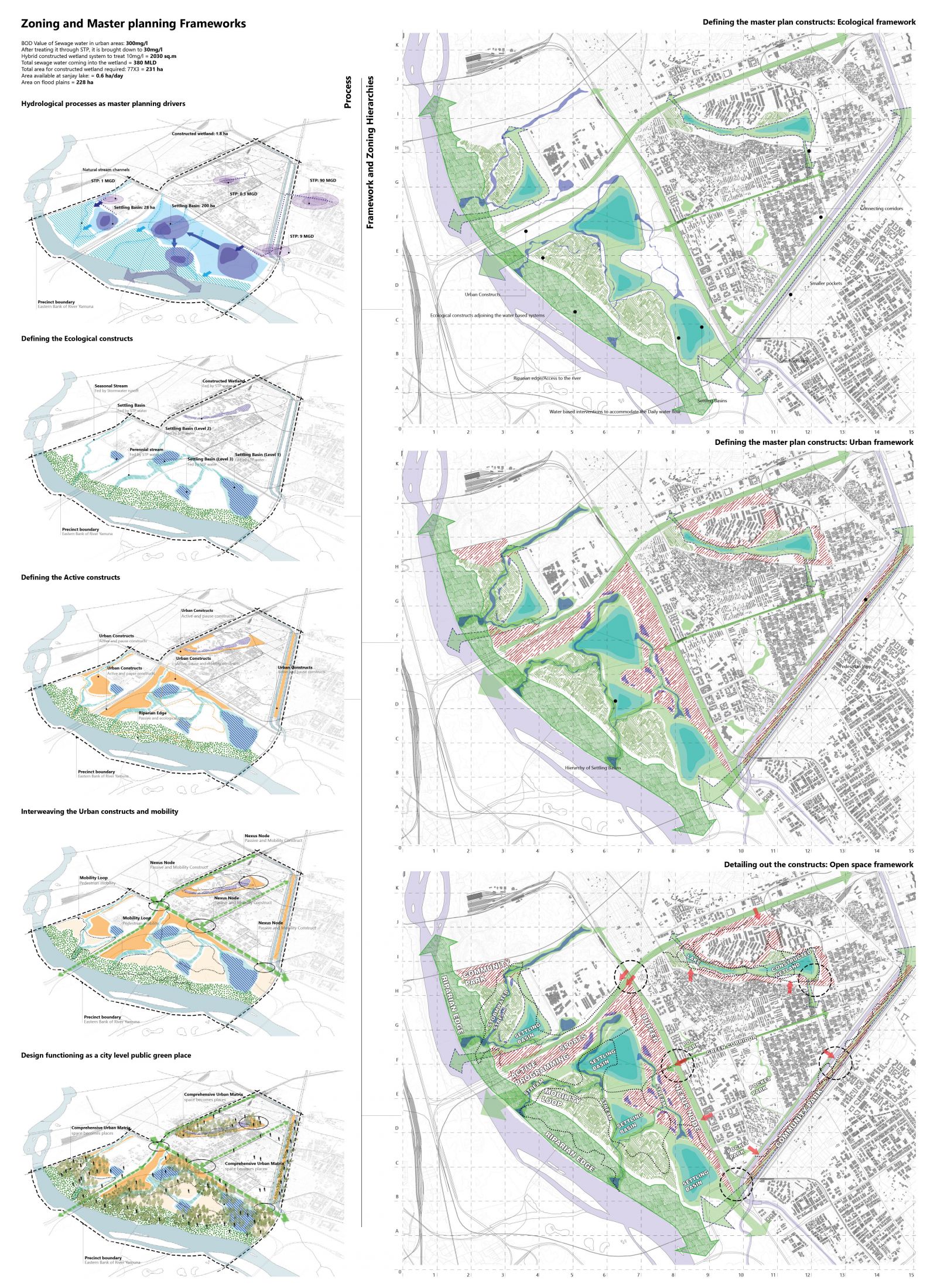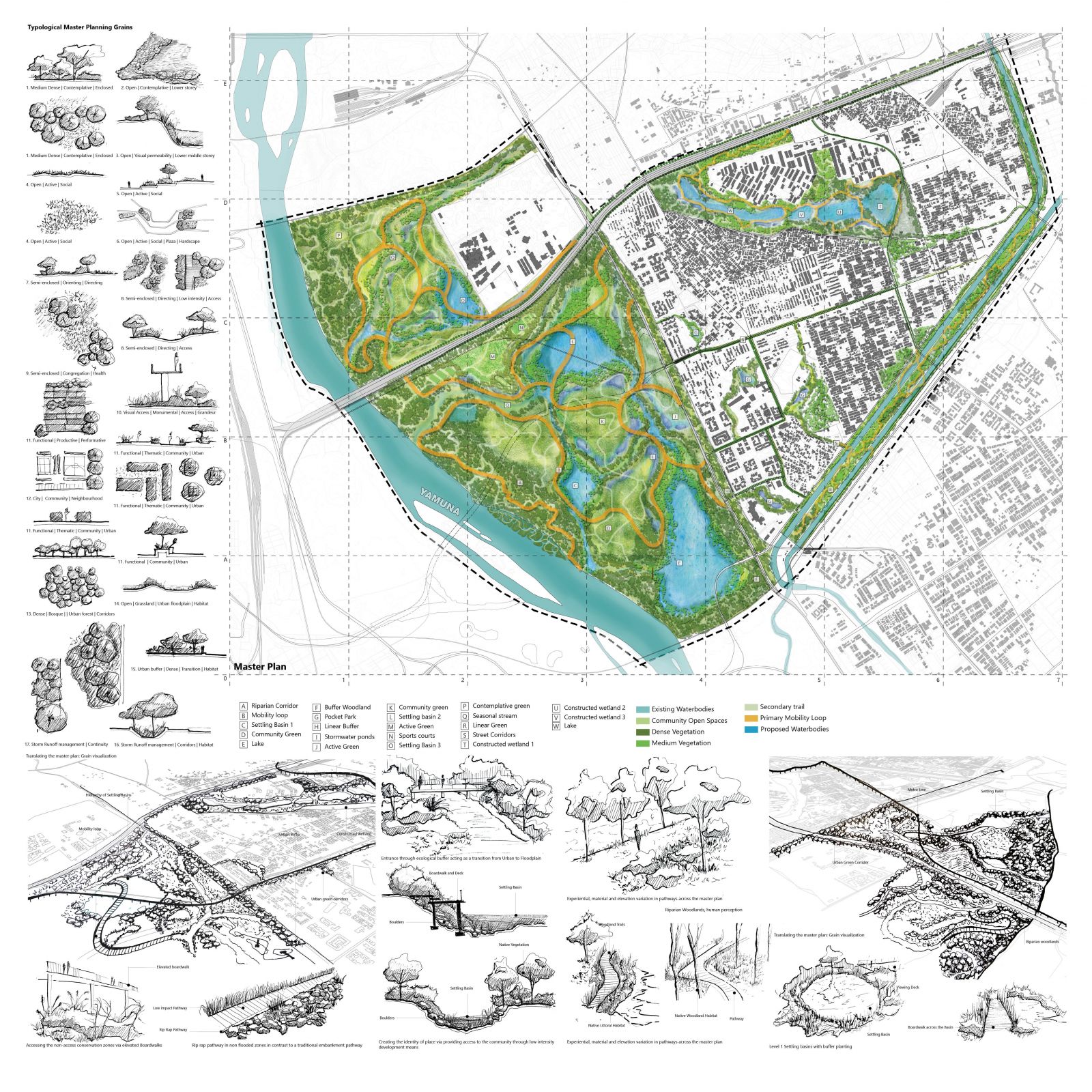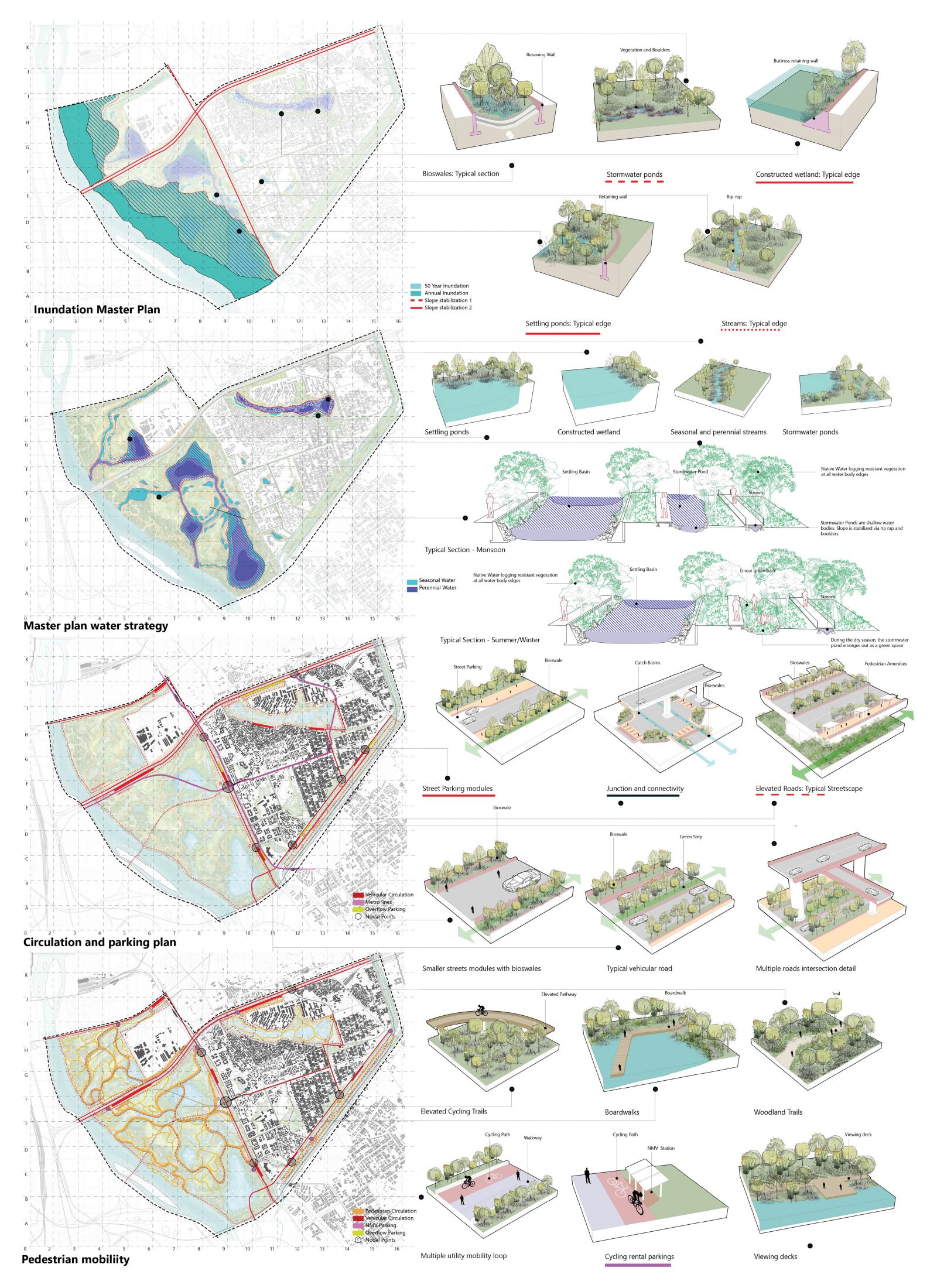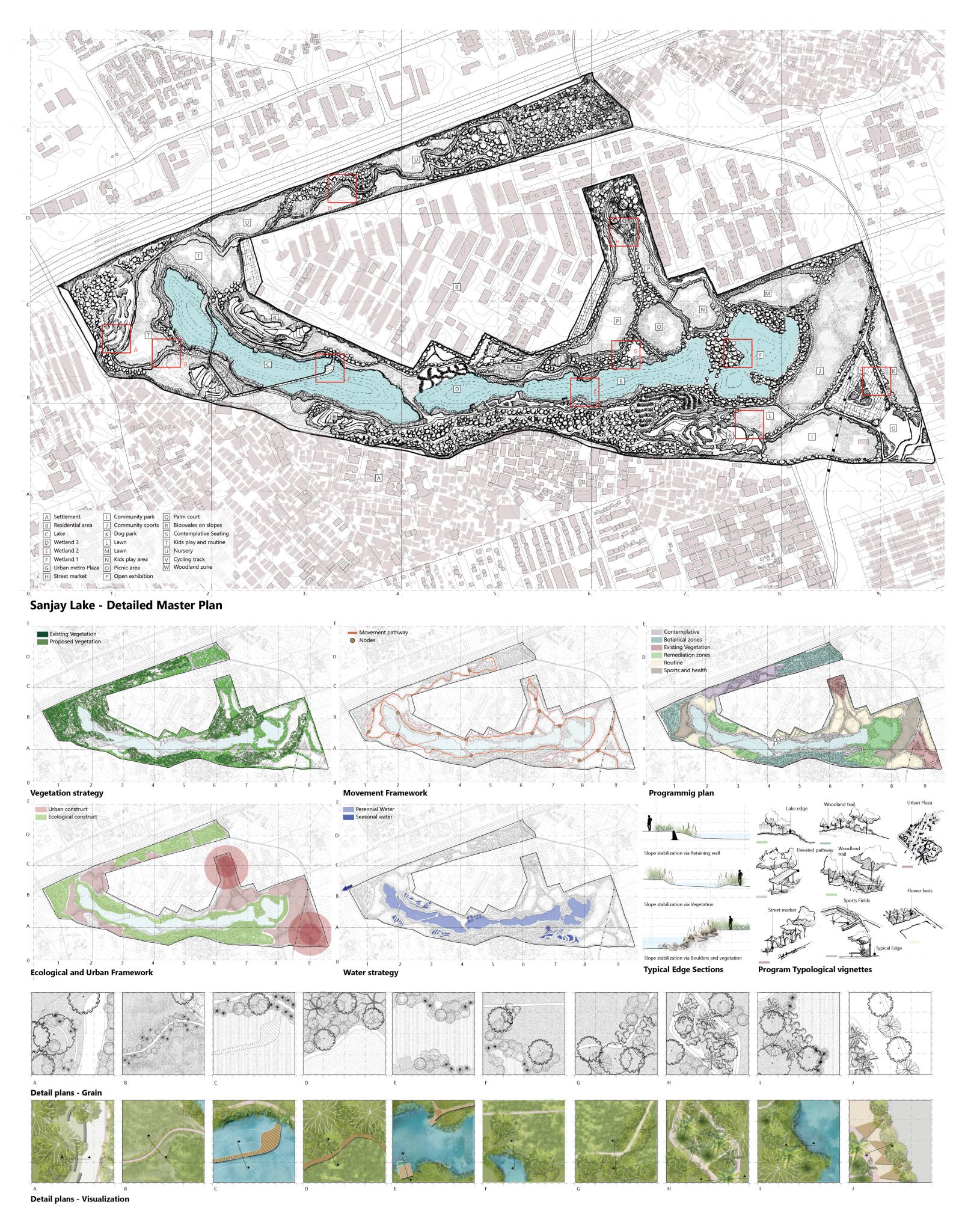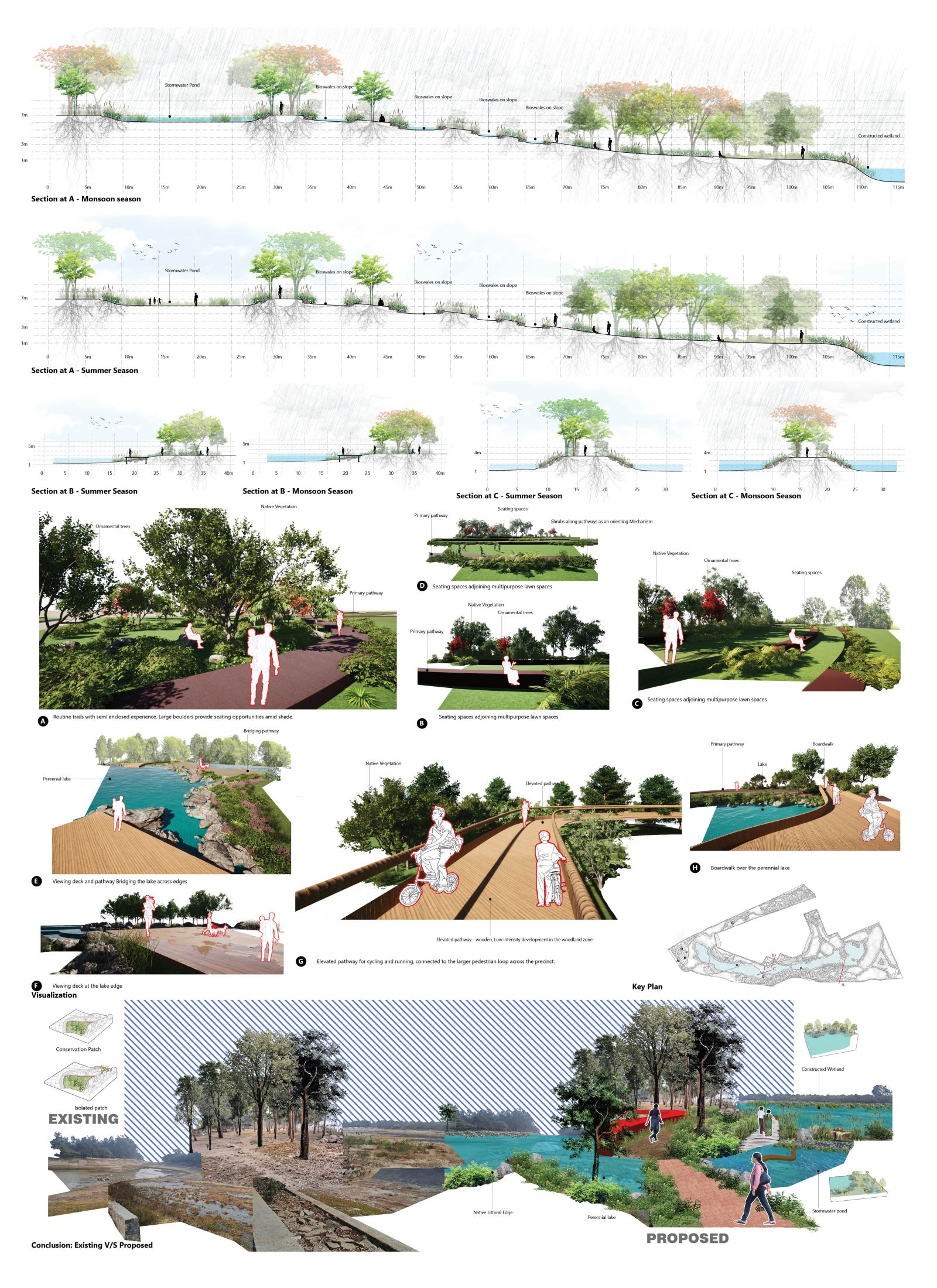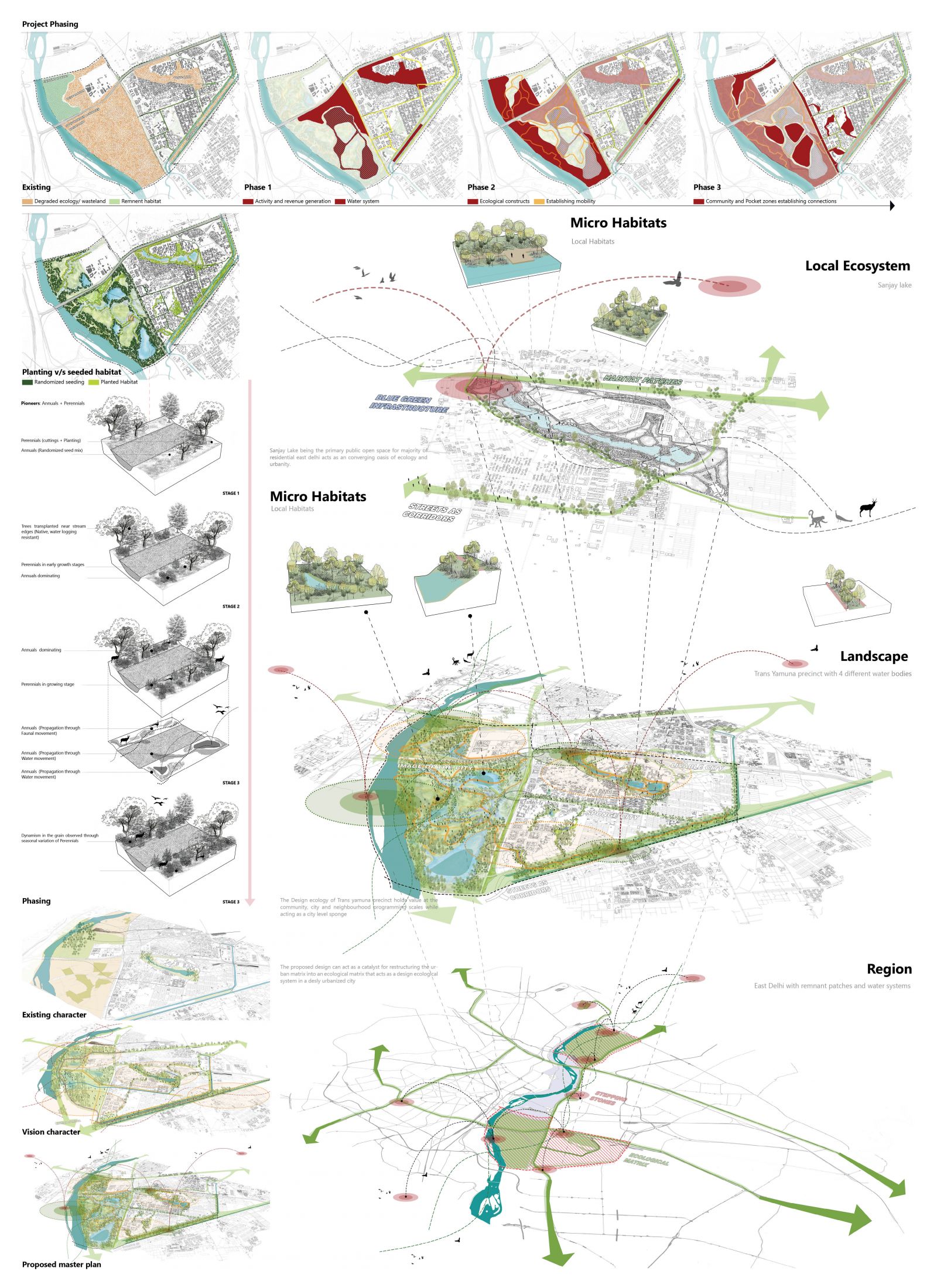Your browser is out-of-date!
For a richer surfing experience on our website, please update your browser. Update my browser now!
For a richer surfing experience on our website, please update your browser. Update my browser now!
The fate of the capital city of New Delhi has been similar to many urbanizing cities across the globe. For many years now, our cities have seen the boon and the bane of urbanization. Since its inception from the seven cities, today Delhi has evolved into a bustling metropolis with monumental built infrastructure that is a marvel in itself but on the other hand, have we pondered upon enough so as to how our ecological systems have evolved? Delhi houses several complex yet significant ecological assets within its bounds. It is situated at the banks of the River Yamuna linked to the profuse network of Nallahs and is home to several point wetland systems. Dissected by the ancient Aravallis in the North-South, Delhi projects a juxtaposition of such varied ecosystems that stands at the face of urbanization only to be exploited, ignored and abandoned. The aim of the thesis is to propose a network of ecologically cohesive landscape system encompassing the river Yamuna, Sanjay Lake, Ghazipur Nallah and Hindon cut canal that also acts as a city level public space, hence establishing and interdependent reciprocity among urbanity and ecology. When talking about the degradation of our ecological systems, a critical layer to consider is the perception with which people view these systems. Looking at the current state of these systems from an anthropocentric lens, the human or the people of the city do not identify with the systems. It is often observed that people tend to protect what they care for, If as designers we were to reinforce the idea of an image associated to spaces of ecological significance, it will further reinforce the idea of sustainability of these systems.
View Additional Work